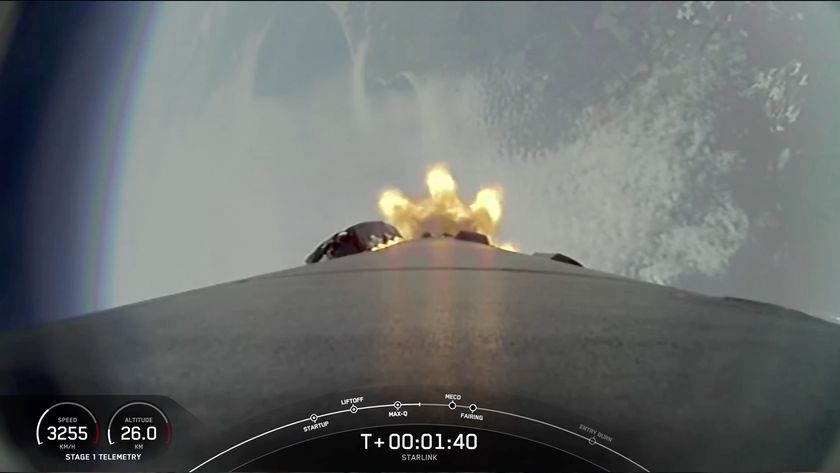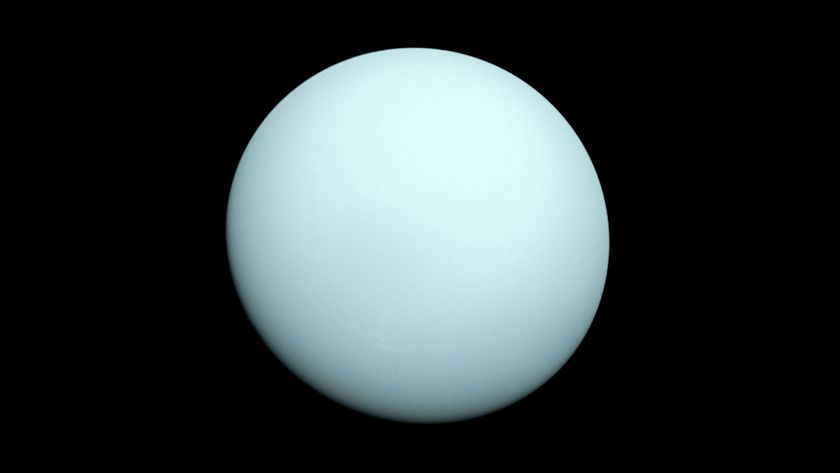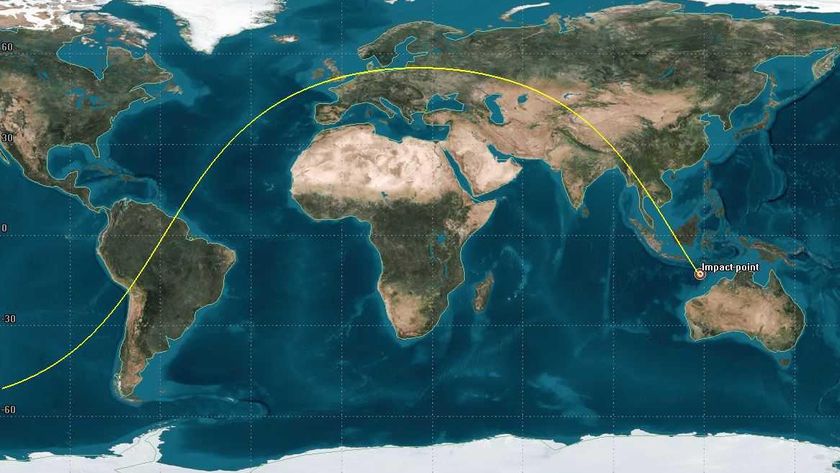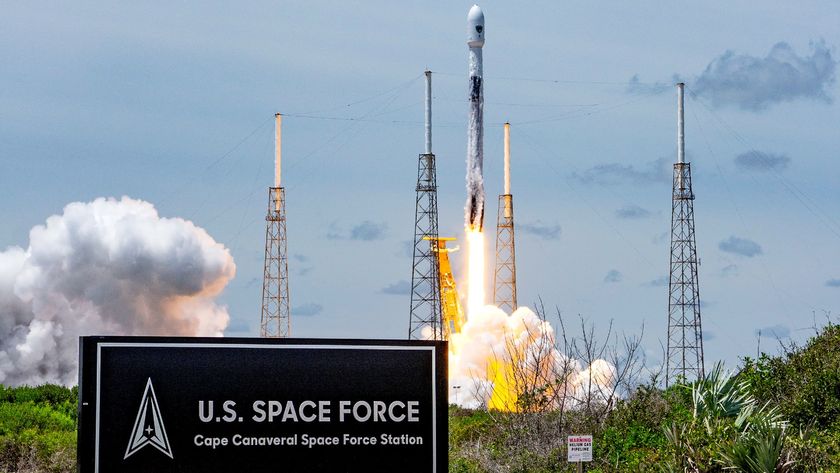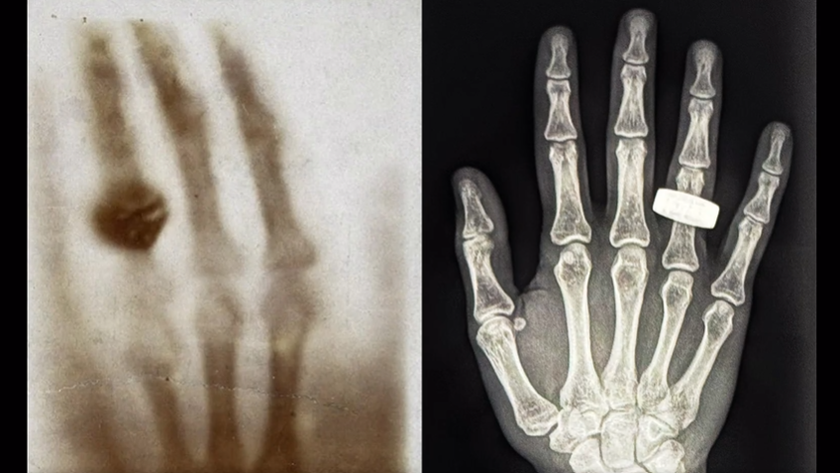Wild Weather: Earth vs. Mars
In just two weeks, dust storms have obscured more than 10 million square miles of Mars’ southern hemisphere.
The storms forced NASA to suspend operations of its twin Mars rovers. The biggest storm has weakened near the Opportunity rover and thickened near Spirit's location. Both rovers are gathering enough solar energy to survive and observe their surroundings, lead rover scientist Steven Squyres of Cornell University said yesterday.
Such dramatic dust storms, however, aren’t the only weather phenomenon Mars has to offer. The red planet hosts clouds of ice and carbon dioxide, tornado-like dust devils, auroras and even complex jet streams--all of this, despite the fact that Mars' atmosphere is less than 1 percent as dense as Earth's.
“Mars has a similar tilt [as] Earth, so it has the same seasons Earth has with a progression of summer, fall, winter and spring,” said John Wilson, a planetary scientist who studies Mars’ atmosphere at the National Oceanic & Atmospheric Administration in Princeton, New Jersey.
Although planetary scientists have yet to develop a predictive model for Martian weather, Wilson noted that 43 years of Mars exploration have helped reveal the planet's curious weather trends.
Dusty summers
When Mars tilts away from the sun, its “hot” summers begin in the southern hemisphere.
Get the Space.com Newsletter
Breaking space news, the latest updates on rocket launches, skywatching events and more!
“During the summer, it can be as warm as a day in the tropics, as high as 80 degrees Fahrenheit,” Wilson said. Martian nights, however, are blisteringly cold and can reach -180 degrees Fahrenheit. Such bone-chilling temperatures can contract and snap the soldered metal joints of unheated electronic circuit boards--an imminent threat to any mission to Mars.
Wilson explained that southern summers are the most likely period for dust devils to occur, thanks to dramatic temperature shifts. When the sun warms the cold ground, hot air quickly rises and pulls in surrounding air--and microscopic dust particles with it.
“A billion years of wind erosion [have] created really fine dust on Mars, and the absence of water prevents it from cementing it back together like it does on Earth,” Wilson said. Once the dust devils get going, they can whip up the ultra-fine dust to about 70 mph.
Planetary scientists think the dusty tornadoes, when persistent and large enough, are responsible for creating light-drowning global dust storms, as they seem to do every three Martian years (about six Earth years).
Whispy clouds
Icy clouds of carbon dioxide have also been seen by Mars orbiters from space and by the Mars Exploration Rovers from the ground.
“Near the peaks of volcanoes, you can regularly see clouds on Mars,” Wilson said. “They also form in the northern hemisphere when the planet is far away from the sun. They’re like cirrus clouds on Earth and float at a very high altitude.”
The clouds are especially persistent above the poles where they’re fed by carbon dioxide evaporating off the surface of ice caps made of the frozen gas. High- and low-pressure fronts and jet streams move the clouds around, just as on Earth.
Dry variety
“There’s not a lot of atmosphere on Mars, but enough to create storm systems that move across the planet,” Wilson said, though the storms in question are made of dust--not water vapor.
Wilson explained Mars would have a lot more variety in its weather if liquid water were present.
“Other than being sunny and windy, there’s not a whole lot happening on Mars, though the weather we do see is similar to Earth’s,” Wilson said. “The key is a lack of water vapor, which on Earth fuels hurricanes, rain and so many other things we see.”
Perhaps deep in Mars’ past, however, as recent evidence suggests, there may have been oceans driving the same wet weather currently found on Earth.
- Video: Dust Devils Race Across Mars
- ‘Scary Storm’ on Mars Could Doom Rovers
- The Worst Weather in the Solar System
Join our Space Forums to keep talking space on the latest missions, night sky and more! And if you have a news tip, correction or comment, let us know at: community@space.com.
Dave Mosher is currently a public relations executive at AST SpaceMobile, which aims to bring mobile broadband internet access to the half of humanity that currently lacks it. Before joining AST SpaceMobile, he was a senior correspondent at Insider and the online director at Popular Science. He has written for several news outlets in addition to Live Science and Space.com, including: Wired.com, National Geographic News, Scientific American, Simons Foundation and Discover Magazine.


